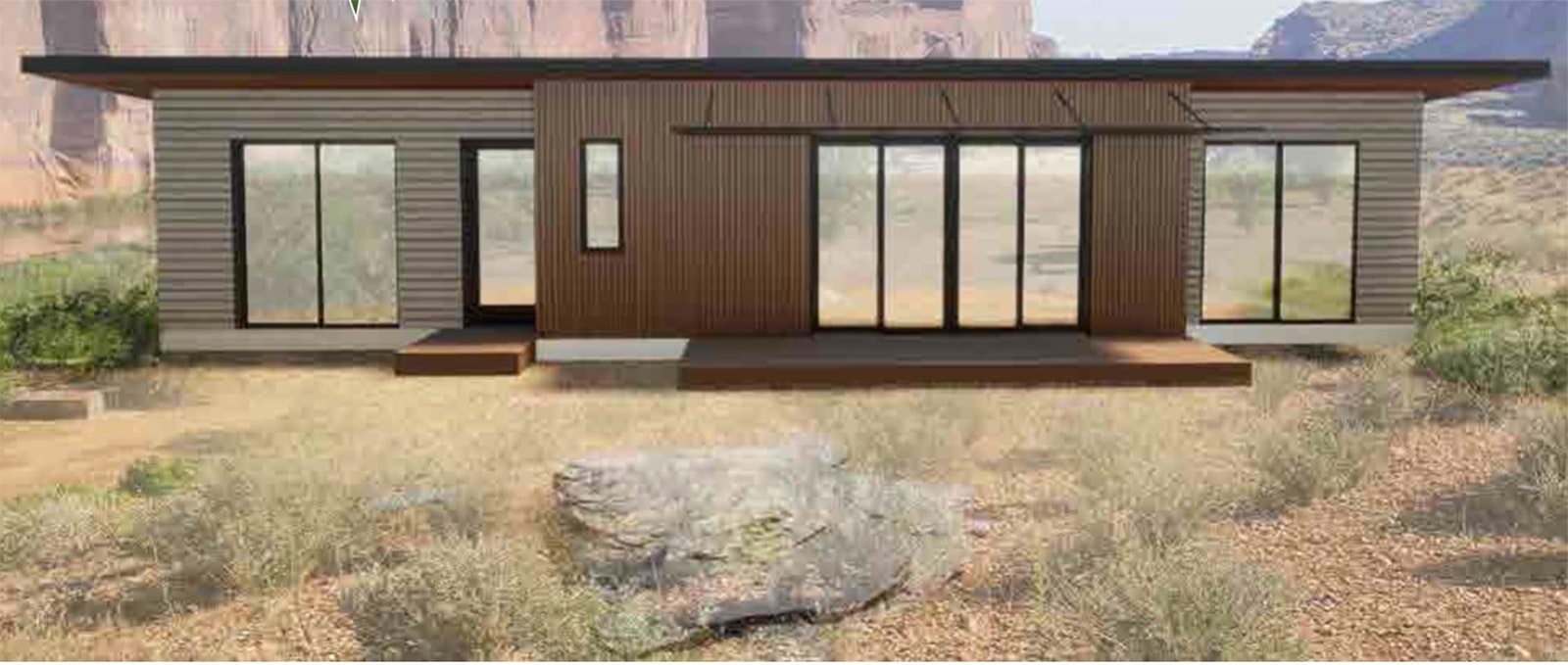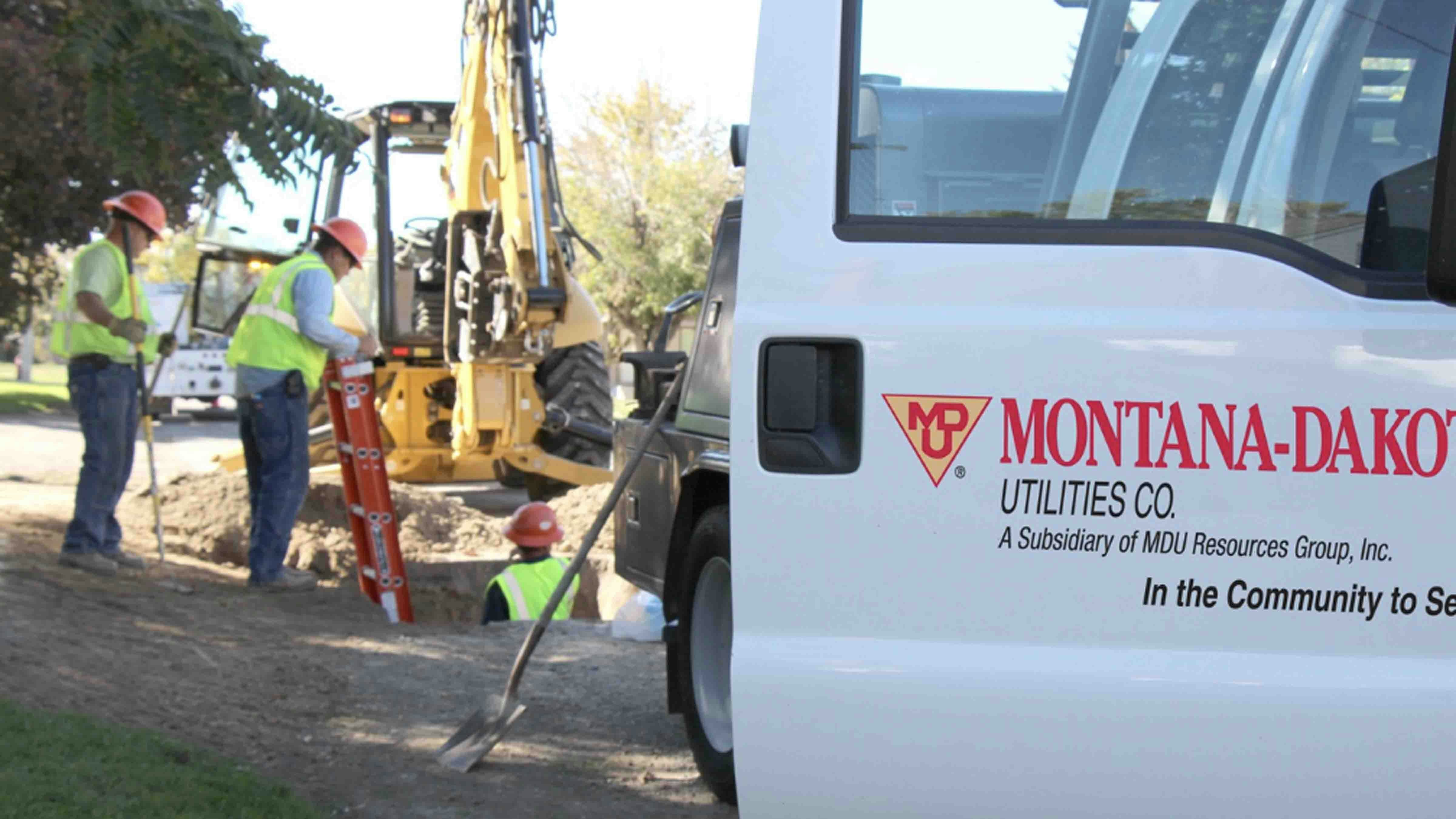The housing crunch in Rawlins may not be as visible as in Jackson or Cheyenne, but it’s looming large for this town of about 5,000 people.
Rawlins has a robust wind and oil and gas energy sector that’s trying to attract workers, and having affordable living options — besides just filling up hotel rooms — is key to that.
The city appears fortunate in a big way with a tiny solution to its growing housing crunch — a subdivision of tiny homes that will, coincidentally enough, be located next to a “tiny airport” where radio-controlled aircraft are flown for fun.
Utah-based Blue Elk Development is bringing the tiny home concept to Rawlins, but told Cowboy State Daily it’s actually hoping to take this new trend statewide.
“Cody is watching how this goes in Rawlins,” Blue Elk Development CEO Shik Han told Cowboy State Daily. “So potentially, we may be able to do something like this in Cody.”

Serendipity Happens
Blue Elk’s arrival in the Cowboy State was a bit of a happy accident.
“One of our investors within the company has family in Rawlins,” Han said. “They actually own and operate a couple of hotels there, so that’s kind of what cracked the egg for us.”
Once Han started really studying Rawlins, he became more and more interested in what he saw.
“The transportation accessibility, the skilled workforce within the construction industry, it checked a lot of boxes for us,” he said.
So many, in fact, that Blue Elk decided not to build its manufacturing facility in Flagstaff, Arizona. Instead, it has picked Rawlins.
“Cost of living, accessibility to our supply chain, transportation accessibility was a huge thing for us,” Han said. “You have such a great lumber constructions supply chain, and then, we feel like our future growth as well, with the tiny home and the microhome movement, that I-80 corridor will give us accessibility to the Midwest much easier than in Flagstaff.”
Along with its proximity to large stretches of energy development, Rawlins is located along Interstate 80, one of the nation’s busiest east-west transport routes.

Why Living Small Looms Large
Living small has become the new way to live large these days. One of the key drivers, Han said, is affordability.
Soaring costs for materials and labor, rising energy prices, shrinking family sizes — all of these are significant factors tugging on the size of American dream.
Tiny homes, by most online definitions, range up to 500 square feet, although some can swell to 600 square feet as well. They can be much smaller as well, at 120 to 220 square feet.
Costs range from a mere $8,000 for a do-it-yourself shipping container-style home on up to $280,000 for an off-the-grid design shipped ready-to-inhabit to a location of choice.
Despite small floor plans, tiny homes can have big features when smartly designed. And they also come with a few big, tiny benefits for an age of runaway inflation.
The tiny floor plan means smaller heating and cooling costs, while fewer surfaces mean less time spent cleaning things. There’s less to maintain over time as well.
Sometimes the homes are even fairly portable, complete with wheels, for those who insist on moving around a lot.
Changing Mindsets
Han believes the popularity of tiny homes is also being driven by something besides affordability though. The American dream itself is changing.
The mindset of younger generations, Han said, is to have less, but more impactful “stuff.”
“You may want to live in a van, and we have that huge movement going on with the younger folks,” Han said. “But then, the younger professionals are also kind of aligning their professional lives and jobs, so they have that mobility as well.
“So, then that means their mindset is, you know, we’re going to go ahead and live with less stuff, but the stuff that we do have is going to be more impactful in my life.”
It’s not just the younger generation changing their minds that way, though. Older generations are deciding they don’t have the energy and don’t want to care for large homes.
“They want to be able to travel,” Han said. “But also have a base camp of their own. At the same time, they don’t need a 4,000-square-foot home.”
This, combined with affordability, has given the tiny home concept a wide demographic of customers, cutting across a variety of needs.
Not Little Pink Houses
The homes Blue Elk is proposing to build in Rawlins will range from 500 to 600 square feet, and cost from $180,000 to $265,000, depending on the selected options, which include a covered garage.
A rendering shows a sleek, modular shot-gun style design that offers two bedrooms and one bath, with an open living area that doubles as living room, dining room, and kitchen.
The larger size of Blue Elk’s design puts their homes more in the microhome category, Han said, but the Rawlins city council agenda still referred to them as tiny homes and they have a similar, if futuristic, look.
The homes won’t have too many customization options to start out. That will help keep costs lower, Han said.
Eventually though, based on customer feedback, Han anticipates adding more customization options. Maybe even options for a skylight.
The homes will be located on a vacant, 10-acre lot that’s long been home to nothing but sagebrush and, occasionally, some grass.
“We’ve actually, over the years, had other developers interested in that lot because it is high-quality real estate,” Rawlins spokeswoman Mira Miller told Cowboy State Daily. “It’s easy to walk to the middle and high school and the rec center.”
It’s also not too far from other amenities such as grocery stores and, of course, there’s the nearby park with the “tiny airport” as well.





